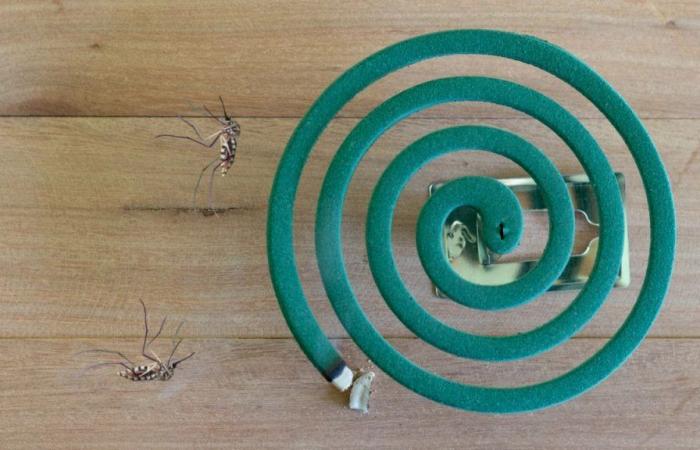In Japan, domestic mosquito control relies on techniques honed through centuries of practice and innovation. Traditional methods are combined with modern solutions to create a home environment free of mosquitoes, a particular scourge during the humid summer months. This article explores in detail Japanese strategies, their effectiveness, and how to apply them effectively in the home.
Understanding the problem: mosquito biology
Mosquitoes are vectors of serious diseases such as dengue fever, Zika virus, and malaria. In Japan, recent studies show that the number of locally transmitted dengue cases remains low due to proactive management of mosquito populations. Understanding the mosquito life cycle, which includes the larval, pupal, and adult stages, is essential to effective control methods. Prevention often focuses on disrupting this cycle.
Traditional Japanese Strategies
Utilisation du Katori-senko (mosquito take the incense stick)
Katori-senko, a mosquito-repellent incense, has been a mainstay in Japanese homes for over a century. Formed like a spiral, the incense burns slowly, releasing pyrethrin, a natural insecticide extracted from certain species of chrysanthemum. Studies indicate that pyrethrin is effective in repelling mosquitoes without harming the environment or human health..
- Effectiveness: Up to 7 hours of protection per spiral
- Cost: Affordable, available in most Japanese stores
Landscaping
Japanese people often grow repellent plants in their gardens or on their balconies, such as geranium, lavender, and lemongrass. These plants contain essential oils that are not appreciated by mosquitoes.
- Advantage: Ecological and aesthetic solution
- Disadvantage: Variable efficiency depending on climatic conditions and plant maintenance
Modern technological solutions
Photocalytic mosquito traps
The technology uses UV light to attract mosquitoes and a titanium dioxide catalyst to produce carbon dioxide, mimicking human breathing. When mosquitoes approach, they are sucked into the trap where they die of dehydration.
- Effectiveness: Captures 60% of mosquitoes on average in a given area
- Cost: Higher, but cost-effective in the long run
Long-lasting impregnated mosquito nets
Insecticide-treated mosquito nets are a physical barrier that keeps mosquitoes out. They are impregnated with substances such as permethrin, providing additional protection.
- Lifespan: Up to 3 years with optimal efficiency
- Installation: Simple, adaptable to most windows and doors
Practical application in a domestic environment
To incorporate these methods into a bedroom, there are several clear steps to follow:
- Choosing the right mosquito repellent incense : Opt for a quality Katori-senko, strategically positioned away from sleeping areas to avoid any direct inhalation.
- Improving the interior landscape : Place pots of geranium or lavender near windows.
- Install impregnated mosquito nets : Ensure all entrances are secured with properly installed mosquito nets.
- Positioning a photocalytic mosquito trap : Place it in a corner of the bedroom for maximum effectiveness at night.
Effectiveness and prevention
Adopting these Japanese mosquito control methods can significantly reduce their presence in the bedroom, providing better sleep quality and a reduced risk of mosquito-borne diseases. The key lies in the consistent and judicious application of each strategy, tailored to the specific conditions of each home. Thus, the harmony between tradition and modernity forges a robust defense against mosquito nuisances.






